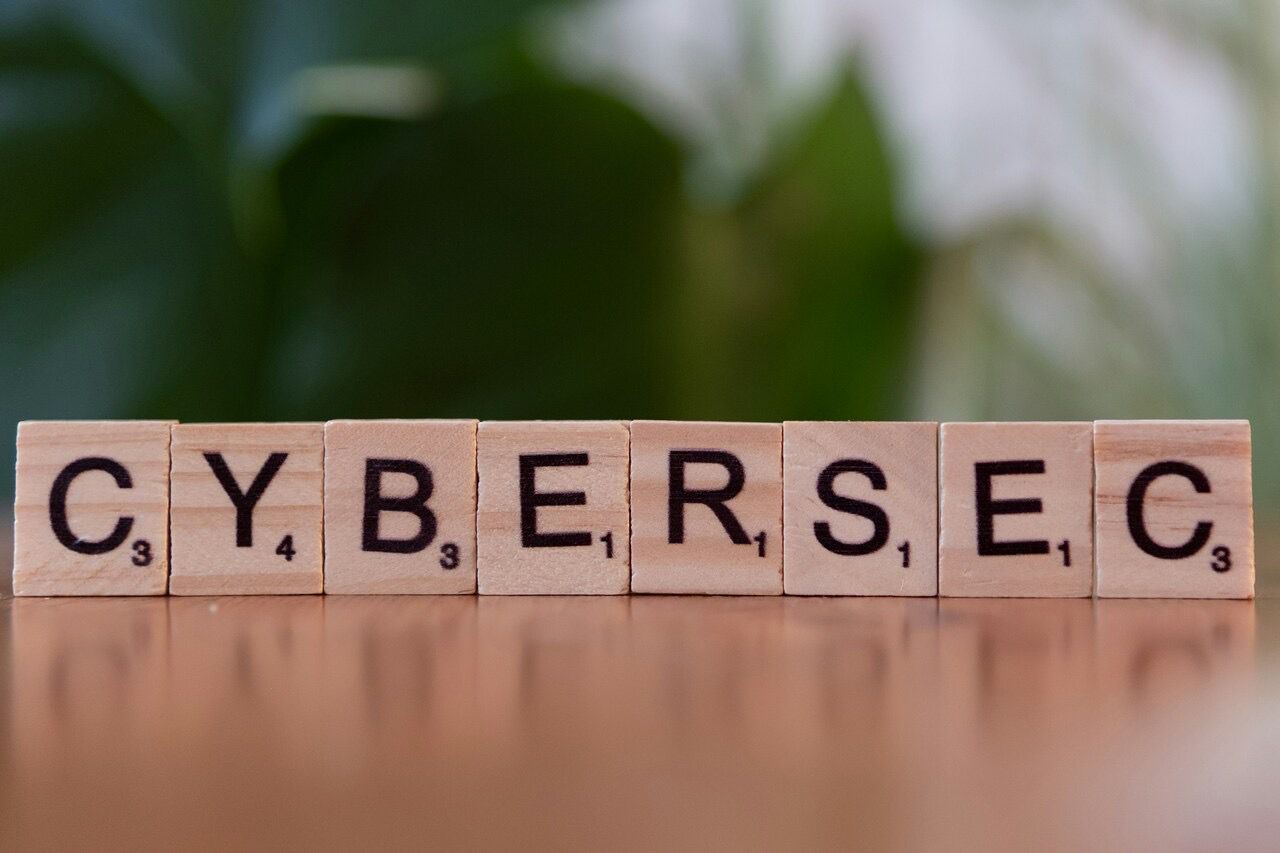The startup ecosystem is all about velocity. Rapid growth on constrained resources, with a race to market often being your north star. But in this high-octane environment, software security can sometimes be an afterthought, and this could be getting in the way of raising capital.
While technical leaders do understand the nuts and bolts of software development, the strategic business ramifications of security vulnerabilities are too often sidelined. This risk needs to be better quantified, and therefore hedged, as to overcome the false economy of being too light on security.
The false economy of neglecting security
Robust security practices can sometimes feel as though they have diminishing returns, and so some leaders see going above and beyond as not an optimal use of their limited resources. The truth is the opposite, though, in which you don’t get much of a return on your investment (a decrease in risk) until you begin to complete the full security picture.
Performing only surface-level testing or delaying critical patching can accumulate to a dangerous form of technical debt. This “security debt” carries an exceptionally high interest rate, as vulnerabilities don’t just sit idly; they can be actively exploited by malicious actors. A company’s entire reputation can be undone in a crisis, such as needing to email customers that their data has been breached. The long and short of it is that you need to protect your software before launch.
The cost of remediating security flaws post-deployment is far more than that of integrating security measures during development. This is a principle known as “shifting left.” Poor-quality software failures were estimated to cost the U.S. economy an astounding $2.41 trillion in a single year. The average cost of a data breach has reached a new record of $4.88 million in 2024. For startups, which are often defined by their lean budgets, cannot afford these losses.
The fragile pillar of startup success
For any business, though especially a startup that’s yet to prove its reputation, customer trust is more important than ever (because of these record-breaking security losses each year). Reputation takes the stairs on the way up, but the elevator on the way down, and just one incident can be the catalyst.
When a startup’s brand is still being established, the negative publicity and loss of confidence of a breach can be not only big, but bigger than it is for a well-established household brand. It’s estimated that 70% of consumers would stop trusting a brand after a security incident – this could easily be a 70% drop in revenue.
For business-to-business (B2B) startups, the stakes are even higher. A single breach can lead to the immediate loss of key partnerships, which aren’t acting on trust per se, but security requirements and thresholds.
It should be stressed that security isn’t just a hedge against risk, but also an aggressive way to differentiate. It’s something to boast about in your pitch, or your landing page for D2C. It can be seen as increasing the value of your software, and therefore potentially justify a higher asking price.
Compliance and regulatory duties
Startups have the disadvantage of having to juggle many different regulators and duties at once. Ongoing compliance can be more manageable than the initial steps, such as getting authorized. It’s not only GDPR in Europe, but other markets like the California Consumer Privacy Act and industry-specific mandates. Though we’ve covered the reputational damage of noncompliance, there is also the risk of heavy fines and losing licenses.
The regulatory burden seeps through to the software supply chain. Modern development heavily relies on third-party software components, like SaaS providers, and each introduce their own potential vulnerabilities. But, startups ultimately bear the responsibility for the security posture of their entire ecosystem.
What’s concerning is that studies show a big proportion of breaches come from these third-party suppliers. SecurityScorecard found that 41.8% of breaches impacting top fintech firms actually came from external dependencies. Frameworks like the National Institute of Standards and Technology Cybersecurity Framework 2.0 are making it more manageable to control these third-party and supply chain risks.
For technical leaders, it’s going to be important to create a security-first culture, particularly while the team is agile and fast-growing. Security should be brought into DevOps practices, often known as DevSecOps. This means automating security testing throughout the development lifecycle and promoting secure coding standards. A 2024 study revealed that 66% of cybersecurity vulnerabilities can be attributed to everyday workplace habits.
Security as an enabler, not a bottleneck
Ultimately, software security shouldn’t be seen as insurance against the worst possible scenario. It is that too, but it’s also a way to grow sustainably, and to indicate to both investors and customers that you’re bringing more value to the table with your security. This must start before launch, as delaying security protocols is a false economy that accumulates technical debt.

